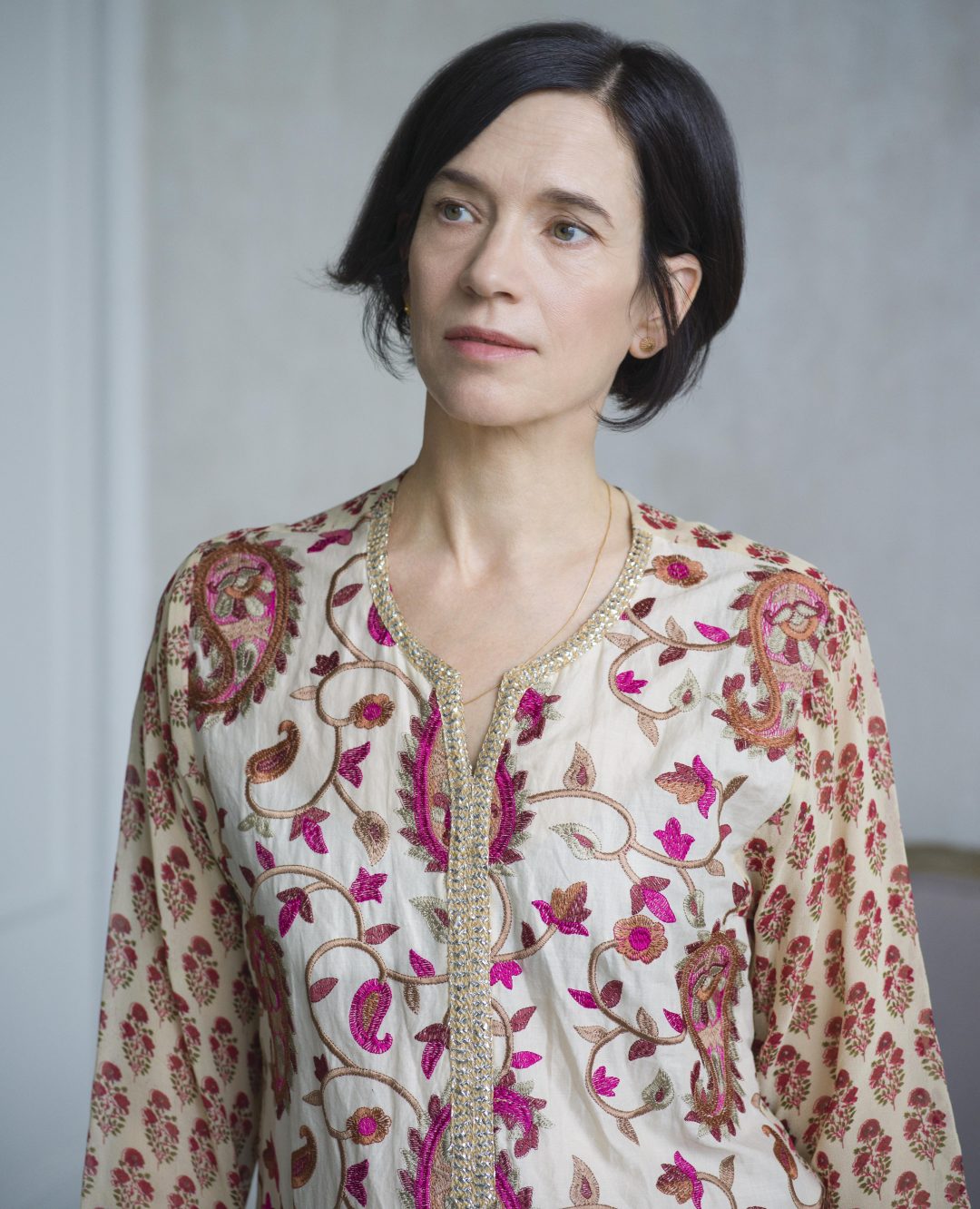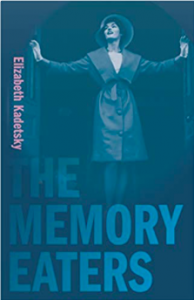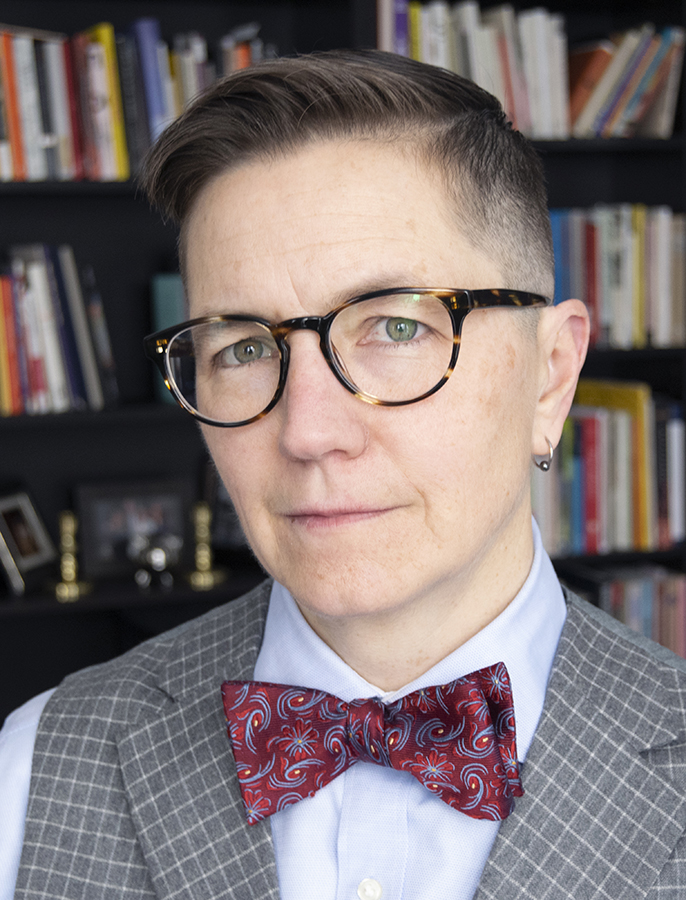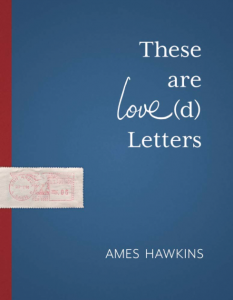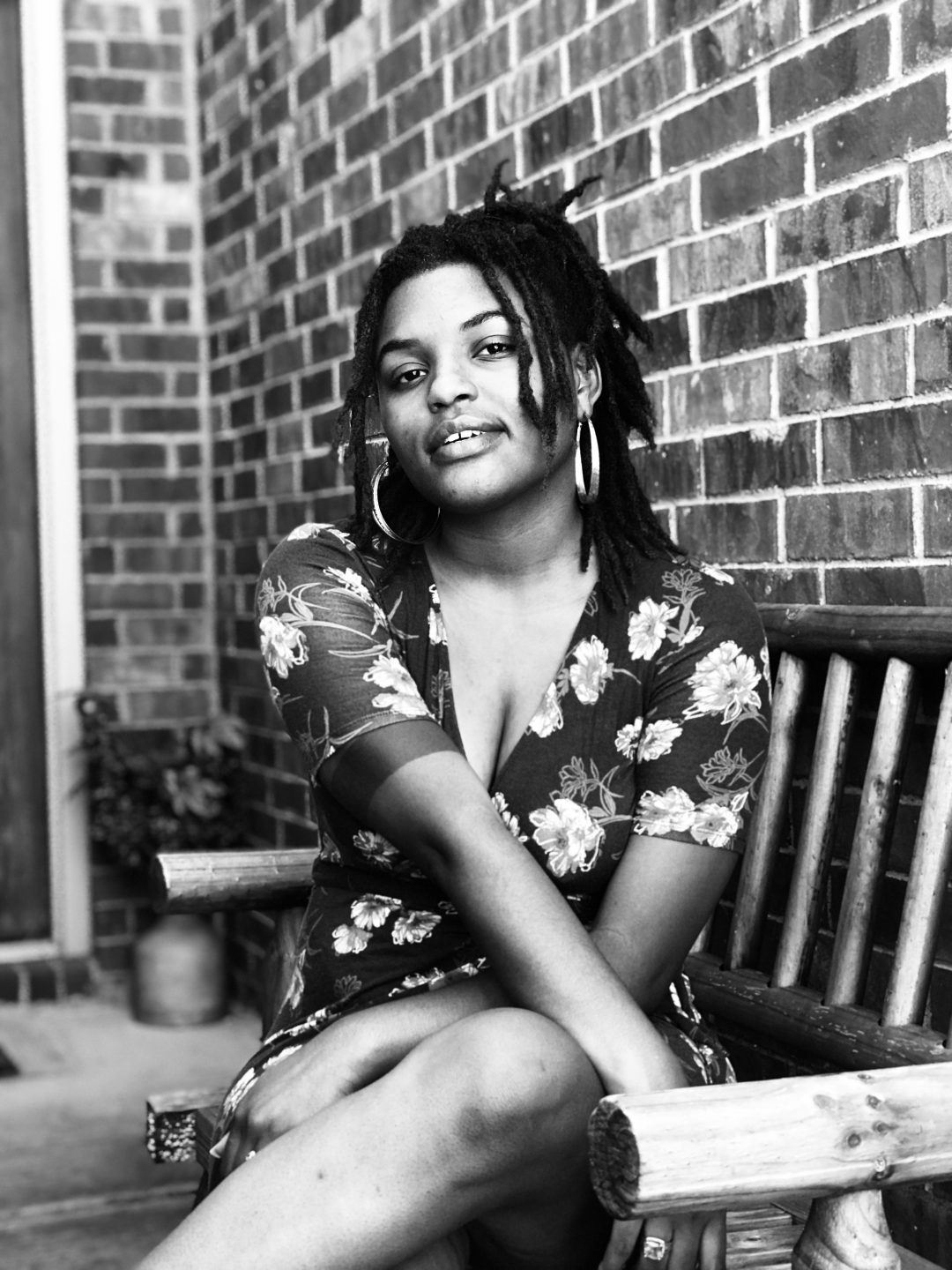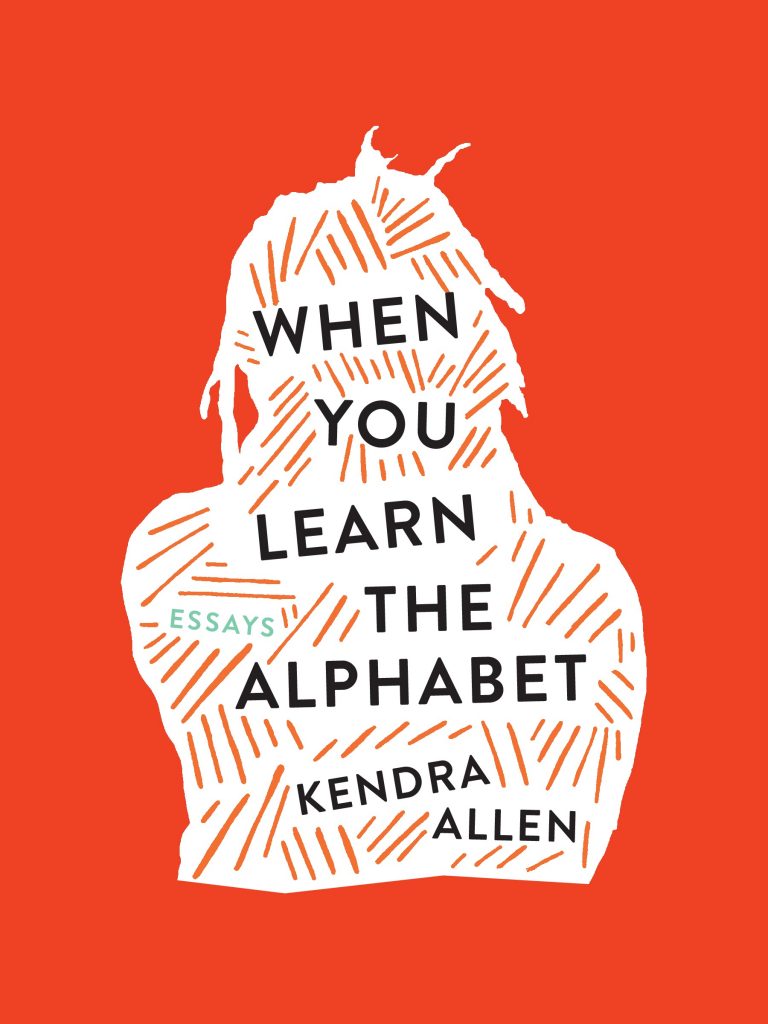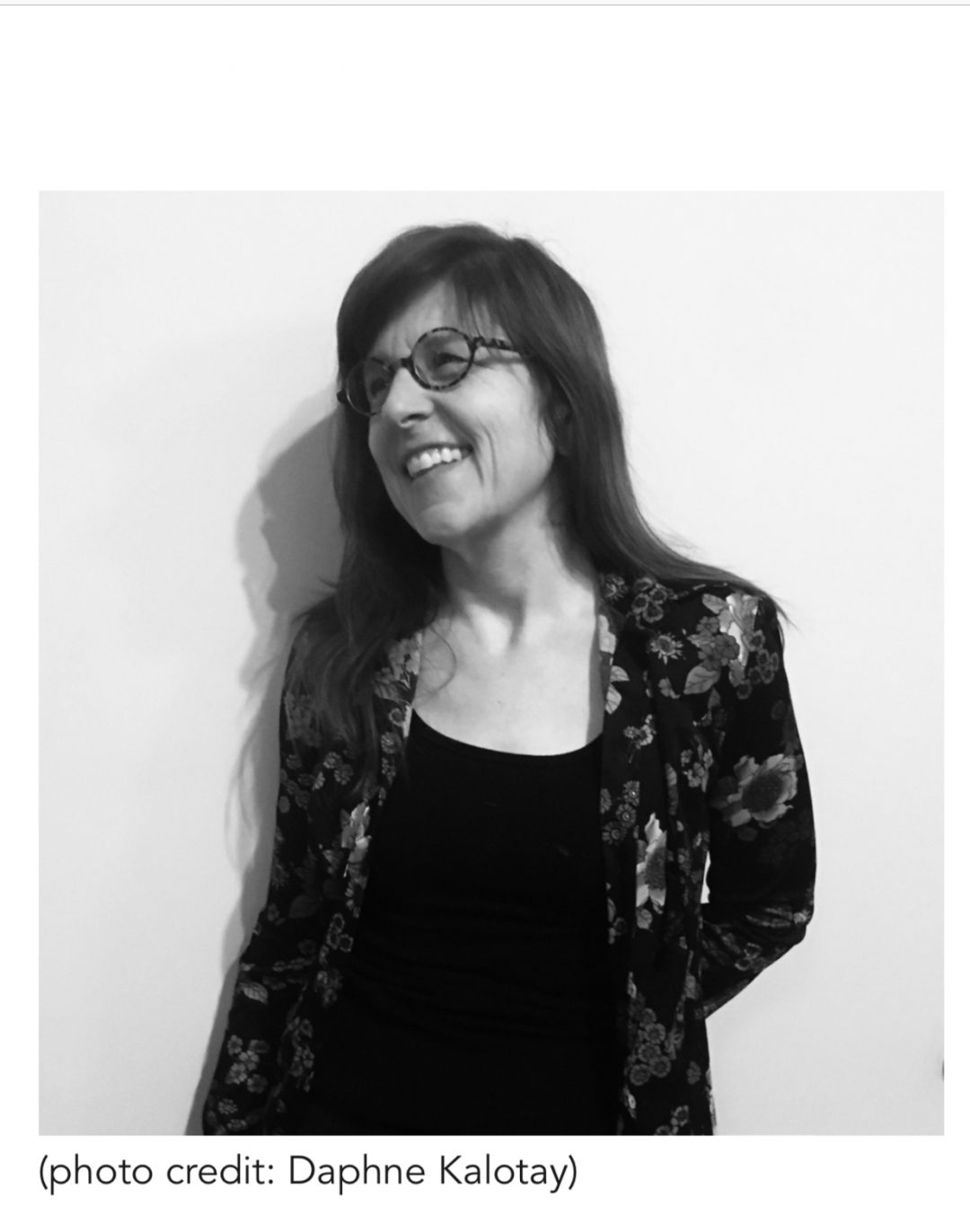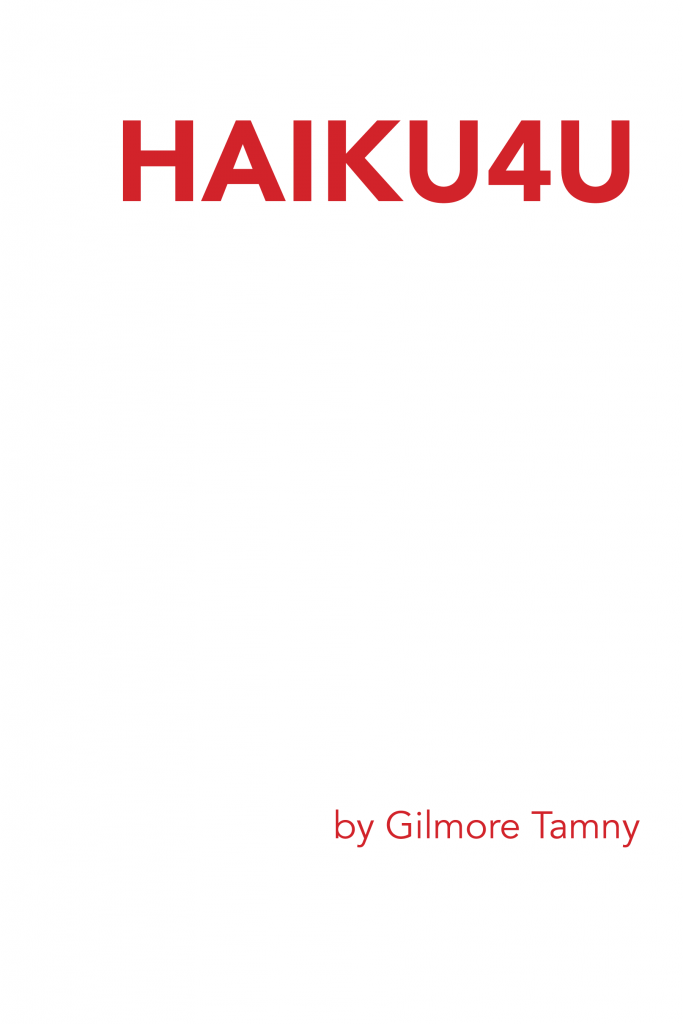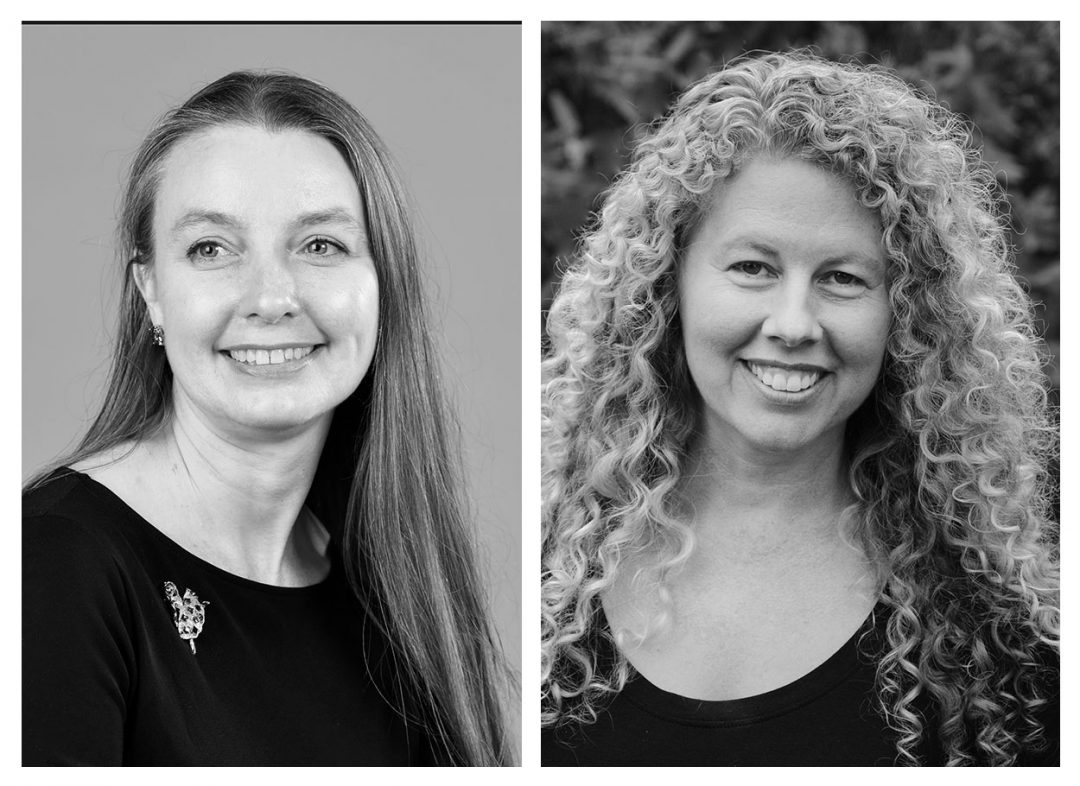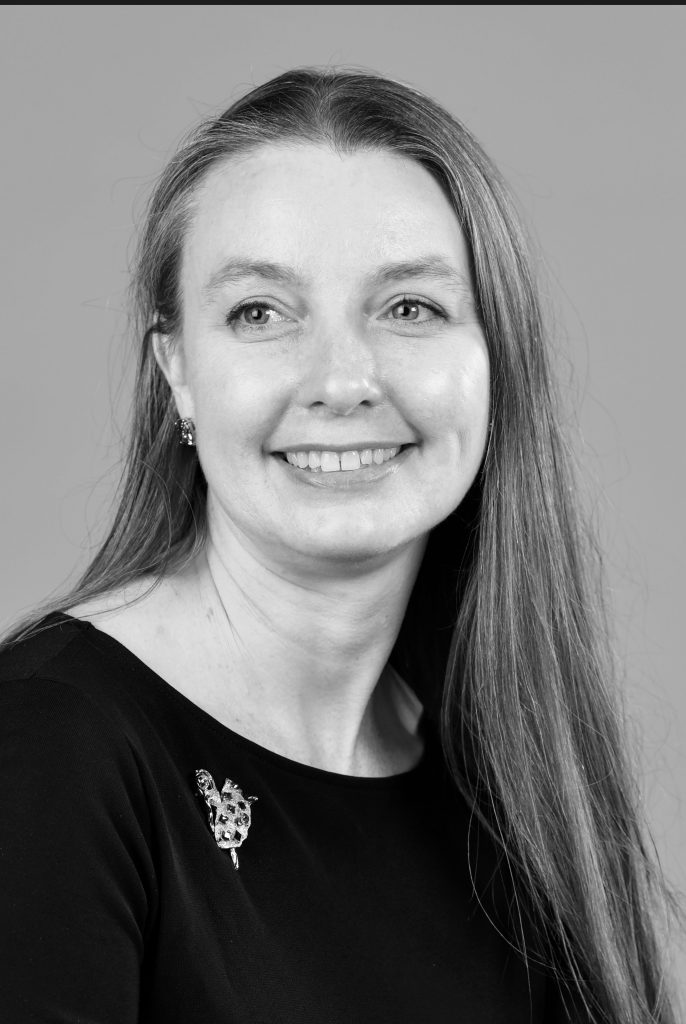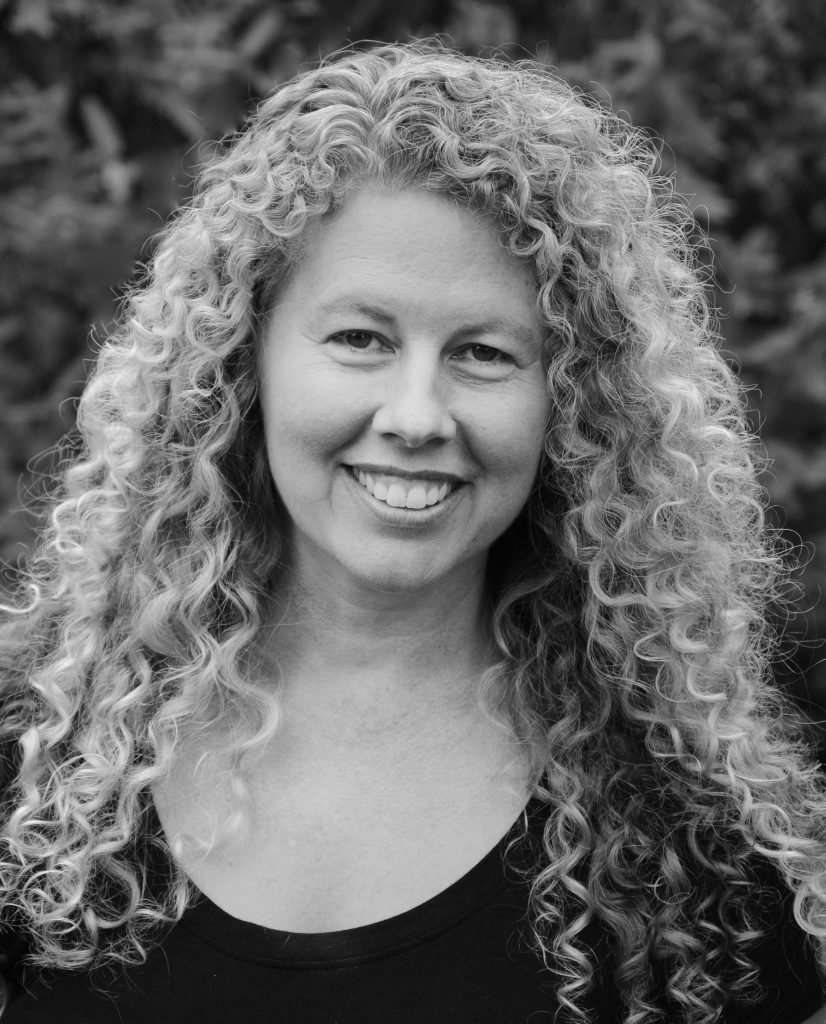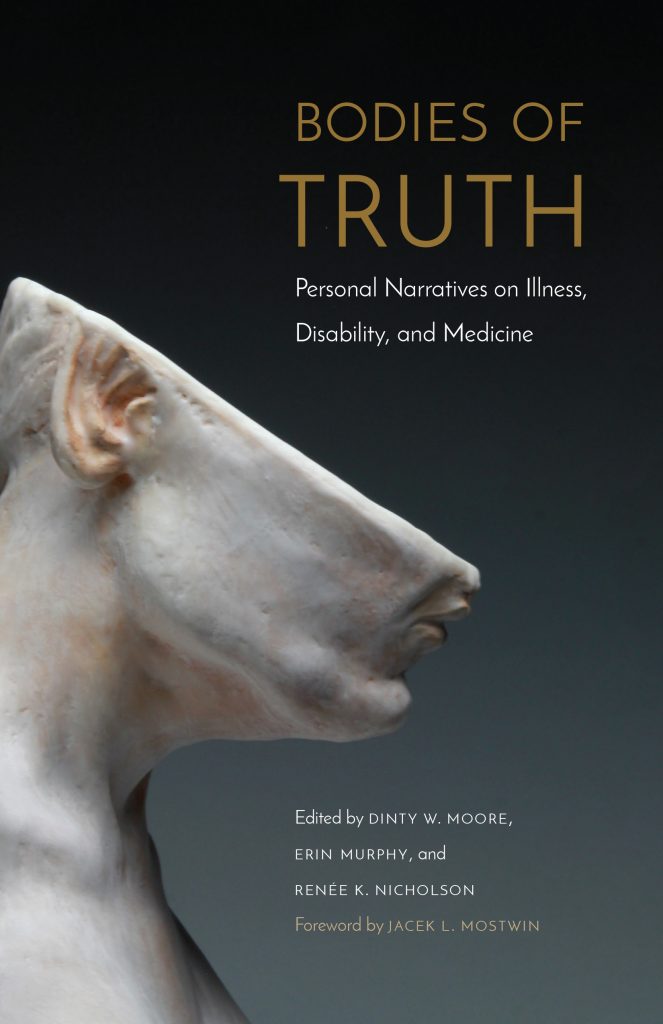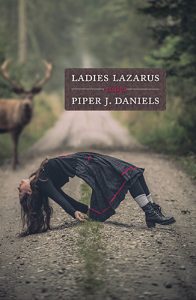Punctuate editor, Re’Lynn Hansen, engaged in email conversation with Elizabeth Kadetsky, winner of the 2019 Juniper Prize in Creative Nonfiction. Kadetsky is the author of The Memory Eaters, a lyric memoir, published by U. Mass Press this month. Her three previous books include On the Island at the Center of the Center of the World, a story collection The Poison that Purifies You, and a researched memoir set in India First There Is a Mountain.
As a journalist covering Latin America, immigration, and gender in the 1990s, Elizabeth published immersive journalism in Ms. magazine, Self, Glamour, The Nation, the Village Voice, and elsewhere. Her work included coverage of the underground adoption trade in Guatemala for the Village Voice and the war in Chiapas, Mexico, for The Nation.
She is the recipient of two Fulbright fellowships to India. Her short stories have been chosen for a Pushcart Prize, Best New American Voices, and Best American Short Stories notable stories, and her personal essays have appeared in the New York Times, Guernica, Santa Monica Review, Antioch Review, Post Road, Agni, and elsewhere. She is currently associate professor of fiction and nonfiction at Penn State and a nonfiction editor at New England Review
The Memory Eaters is told in the context of 1970s and 1980s New York City. The memoir moves from her parents’ divorce to her mother’s career as a Seventh Avenue fashion model and from her sister’s addiction and homelessness to her own experiences with therapy for post- traumatic stress disorder. The Memory Eaters is about consciousness fractured by addiction and dementia, and a compulsion for the past salved by nostalgia. More can be found at https://elizabethkadetsky.com/
Punctuate: In your opening chapters of your memoir you celebrate your mother as a great watcher: “We watched people. My mother was fascinated by the common place. That what you saw in Vogue happened first on the streets of New York.” You connect watching with a learning style, stating how you and your mother deconstructed the “why” of the look. You write so well of these moments of watching. Can you speak to the connection of watching to memoir writing?
Elizabeth Kadetsky: Coming of age in the 1970s, I was exposed, through my mother, to a lot of what you might call groovy spirituality that enshrined this idea that you would find truth if you just relaxed your brain enough to let it come to you. This was the thinking behind the versions of so many of the trendy ideologies that we adopted: I Ching, astrology, Ouija Board, palm reading. I don’t think that we believed in the magic of any of these systems in the least. The idea was that these were all tools that helped you get more in tune with your subconscious. So, my mother’s ideas about “watching” definitely came out of that, that there was a sort of divine intelligence that you could tap into through paying close attention in both dream and waking life. It’s funny because when I think about it now I see the pitfalls of this mindset, especially for the writer.
Sometimes I’m struck by a certain writer’s paradox, that there is a sweet spot between two strains of advice. The first is the advice that springs from these 1970s ideologies—for instance that if you “free write,” you will come upon something true and wise— or that you should “turn off the critical, self-editing” mind in order to write well. But this advice butts up against Flannery O’Connor’s admonition: “Just because you can write doesn’t mean you can write any damned thing.” O’Connor wrote fiction, but in some ways her warning is most apt for the memoirist. Perhaps it’s another version of “Just because it happened to you doesn’t mean it’s important.” So, there’s a danger in thinking that if you watch long enough or quietly enough you will come up with something worth saying about your subject matter. Well, and now that I’m rolling out the maxims, there’s also that idea of preparation meeting opportunity from Malcolm Gladwell’s Blink. So, maybe that’s the sweet spot that I mentioned above. For the writer, preparation is developing a certain scholarly worldview or erudition, while opportunity is intuition and watching. Can you have enough learning so that you can match your subject to an idea, and can you make sure that that idea is complex, and not prosaic or cliché, and something that hasn’t been said about your subject before. In other words, sure you can watch, but can you also have some fresh new thought about what you are watching. That, more or less, is the lifelong argument that I had with my mother. She, I think, believed that intuition was enough. Well, this is to say that the job of the memoir writer is very hard, mixing intuition and smarts.
P: The chapter on MacGraw was a powerful sketch. You evoke his complexity from the many details—the overcoats, the tai chi slippers made of black canvas, and the I Ching book he brought which was wrapped in a square of silk. From a writer’s point of view, how did you assemble the sketch of MacGraw?
EK: “Assemble” is a great word for this question, because that is definitely what I did. This is the very earliest piece of the book. In fact, embarrassingly enough, I first wrote it as a personal essay in a class at Columbia Journalism school thirty years ago—while the events were still taking place. This version ended on the line “Look at the moon”—in the scene, still in the chapter, I’ve bumped into MacGraw on Broadway after a classmate has identified him as a “homeless man” (which he was not). It’s just starting to snow, and MacGraw is telling me to go to the Soldiers’ and Sailors’ monument when it gets dark to see the full moon in the snow. That version was written probably on the same day that it happened, but it got lost. I actually recreated the essay from memory several years later when I was getting my MFA, and submitted it for a workshop.
This got lost too! Then I started fresh again when writing the chapter for the book. The anecdote and details, probably because I’d written them down so many times, were still in my memory. But clearly the essay needed more to make it successful—it had been in the works so long. In the new version I interspersed the memories with a present-day scene with my mother when she is far along into Alzheimer’s dementia and trying to remember MacGraw—I think that added the “so what” to the story. Around this time I saw an article in Vanity Fair by Sheila Weller about Ali MacGraw, who was, as it had been hinted when I was growing up, MacGraw’s sister. Ali described her troubled brother, who, she said, had been abused by their father as a child. Sheila helped me get in touch with Ali. Our correspondence was very touching and sad, and definitely brought the details to life for me again. After communicating with Ali, I wanted to bring across a feeling that I took from my encounter with her, about wanting to see a healed version of a troubled person from the past.
P: In the final chapter, you speak of nostalgia as a longing for a sense of intimacy, a reconciling with what is lost. How is nostalgia connected to the idea of watching?
EK: A lot of writers have associated nostalgia with a kind of atemporality. I like Andre Aciman’s version the best, that the nostalgiac (or the “temporizer”) lives in both the future and the past, trying to connect up a fantasy or desire (suggesting the future) with a time or a place from the past. Wouldn’t it be great, in other words, if we could enjoy all the wonders of childhood, but as an adult! It’s such a funny idea, since that first snow is in fact no different from that millionth snow. Perhaps we just seek that sense of wonder, and can only find it through associations with past experiences. In any case New York City is such a homeland for the nostalgiac, having gone through such dramatic change so quickly. One can easily juxtapose old and new versions of any number of landmarks—for instance Union Square Park, to take just one. Watching closely, one sees the past start to seep through, physical remnants such as a park bench that never got replaced. Also, one can see the many different New Yorks in film. I went through a period where I watched almost every major movie filmed in New York City in the 1970s, while I was living alone in the East Village. I would wander out afterwards and find the setting for the film I’d just watched and experience this wonderful otherworldly, lonely, sense of dislocation. Whatever mindstate that created felt very rich and weighty and conducive to writing, like going to a museum and being in the presence of great art.
P: What role does nostalgia play in your opening chapters regarding epigenetics?
EK: That’s such a great question. This was another essay that was written through several iterations and over time, starting when some of the experiences described take place. It started while I was getting my MFA and received a grant to research my Franco American family’s roots in New England and Quebec during the summer of 1997. It started as a sort of cataloguing type investigation into family history. I didn’t have a real question, just wanted to gather oral histories and genealogy records. The genealogy research put me on the wrong course, but was seductive, as it is to so many. It took me a long time to understand that, for my project at least, genealogy was a canard (to use a French expression). But in wrestling with the research, I had to examine why genealogy is so seductive in general, and that, I think, is because of nostalgia. Nostalgia explains why everyone’s ancestor was a noble person. Isn’t it nice to imagine a rosy past for ourselves that will somehow prognosticate for a rosy future in which we are restored to our noble roots! In fact, if you go back 12 generations in anyone’s family, there are hundreds of usual suspects. There’s not a slim chance at least one will have been noble. Epigenetics is, in a sense, the anti-genealogy narrative. It chooses one ancestor and not the hundreds, and it looks at one trauma to see how the ripple effect lives on today. Perhaps this essay, then, is questioning and trying to undercut nostalgia as a lens, since nostalgia, certainly, is not the only or correct way to see the past.
P: You speak of the “swerves” in life that you experienced when caring for your mother with Alzheimer’s and your sister with addictions. As the daughter of a mother who had Alzheimers, I experienced the “swervings”—the real-unreal moments of which you write so smartly and eloquently. Once you had to climb a mountain in Upstate New York to get cell phone reception so that you could speak to the emergency room doctor who had treated your mother. It reminded me of a time when I had to pull my car into a tractor circle in a cornfield to maintain cell reception while I talked with a doctor treating my mother. In the writing, the swerve reveals a paradox where there had been confluence. Can you talk about “swervings” in relation to the memoir form?
EK: That is such a wonderful image, Re’Lynn, with the tractor moving from a swerve to a “tractor circle.” I imagine that action almost as an involution. Seeing things in terms of patterns and natural forms is such a wonderful way to break out of traditional linear structure without ceding to complete chaos. The tractor circle makes me think of a whorl, while I certainly wrote a lot about things happening in a swerve pattern.
The swerve was an idea that I borrowed from a conversation that we had about Chekhov’s short stories when I was in graduate school—his stories tend to move in a linear manner following one conflict, but then, at the end, swerve off elsewhere in such a way that the reader realizes that the real problem had been something else all along. Some of Joyce’s stories in the Dubliners do this as well. While Chekhov and Joyce are certainly “traditional” authors, I think there is something revolutionary in those nonlinear patterns that they chose.
P: You have included stunning research on survivorship and PTSD and how the category of survivorship has been viewed in terms of surviving mass catastrophe. Along with researcher/memoirist Cathy Winkler, you question how/why violence against women does not fall into the category of mass trauma. Can you talk about the space that you created for PTSD in this memoir and its influence on the writing?
EK: My interest in creating a PTSD narrative using nonlinear structure came out of an honors creative writing class about trauma narratives that I taught in 2014. This was before Bessel van der Kolk’s “The Body Keeps the Score,” about trauma, now a best seller, —this, I think, has opened up a lot of space for finding non-traditional ways to tell a traumatic narrative that mimic the workings of traumatic memory. In the course, we looked at work by Sophie Calle, Deborah Tall, D.J. Waldie, and others. These authors found intuitive ways to break up storyline and honor the insistent ways that memories and family mysteries can impose themselves when there is trauma involved. So, I appreciate your seeing this book as opening up space for PTSD narratives, as that was definitely my intention!
* * * * *
Look for a review of The Memory Eaters by Elizabeth Kadetsky in the next issue of Punctuate.
_____________________________
Re’Lynn Hansen is the author of To Some Women I Have Known. Her essays and memoir work have been published in Prism, New South, Florida Review, and Hypertext, and online at Contrary, and Slag Glass City. She has been awarded the New South Prose Prize, the Prism Creative Nonfiction Prize, and The Florida Review Meek Award. Her chapbook, 25 Sightings of the Ivory Billed Woodpecker, is about the personal nature of bird sightings. She is an editor of Punctuate. A Nonfiction Magazine. She has researched early cancer vaccines at Yale’s archives for a memoir about living with cancer and she is among the first to receive a cancer vaccine in trials. Her website is at www.Relynnhansen.com

